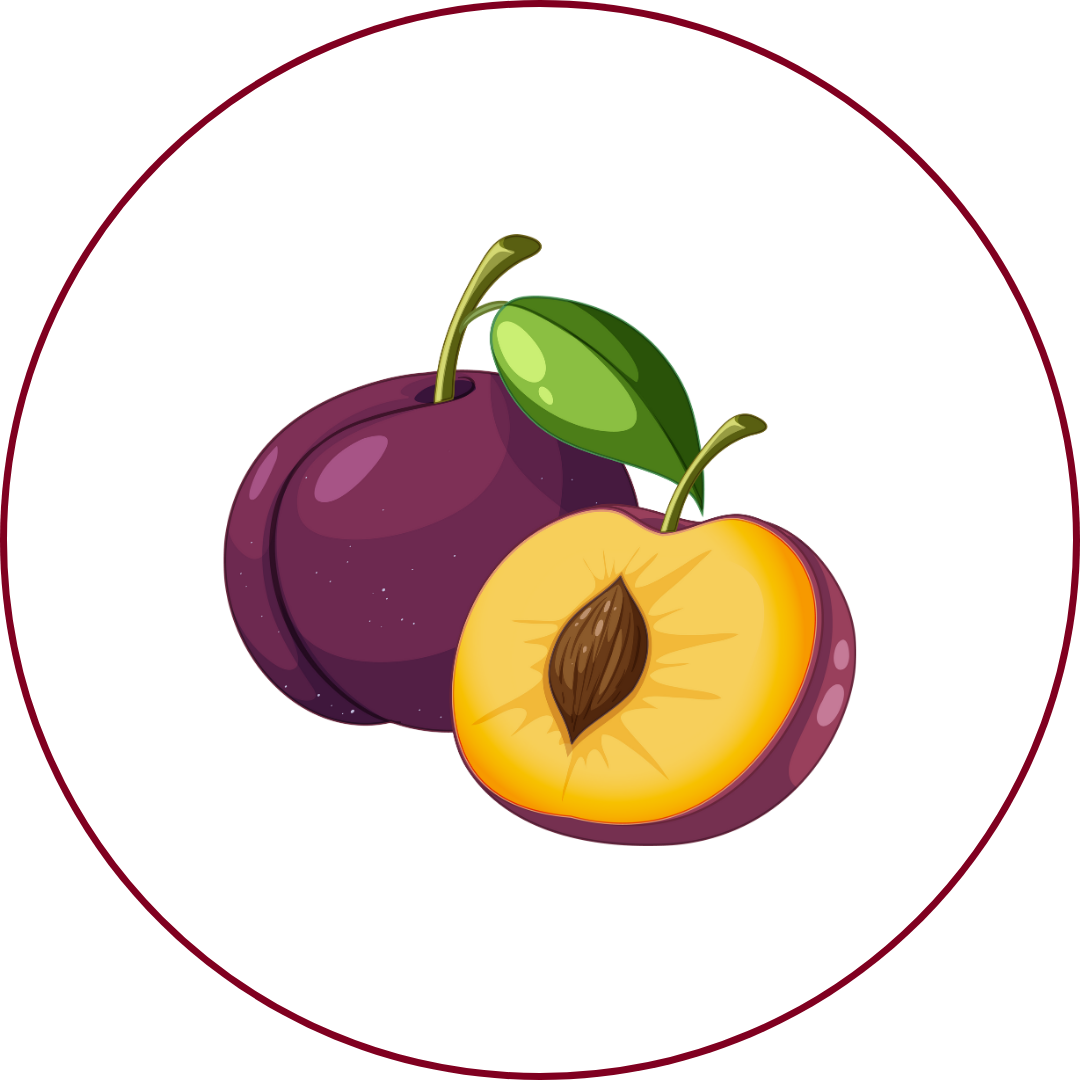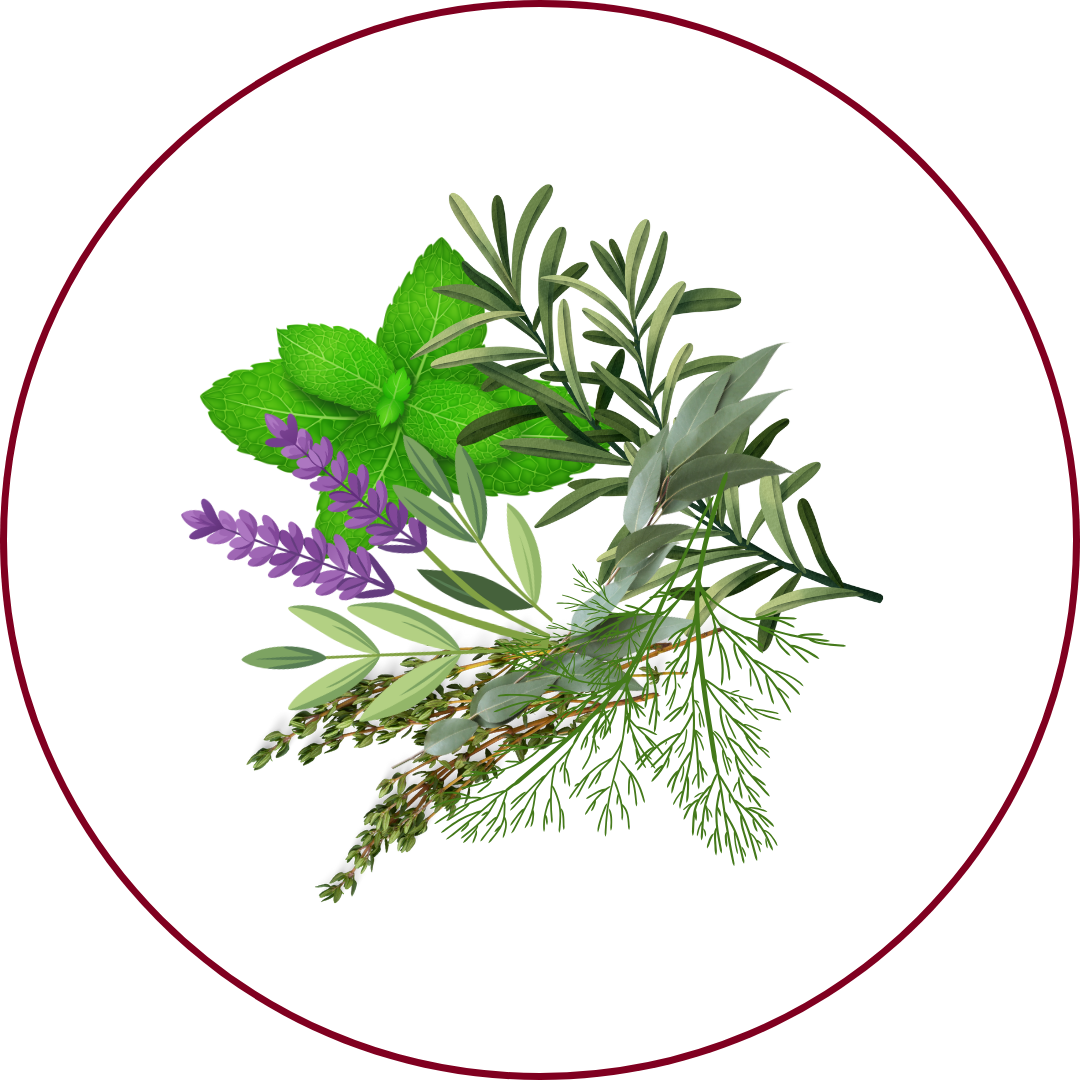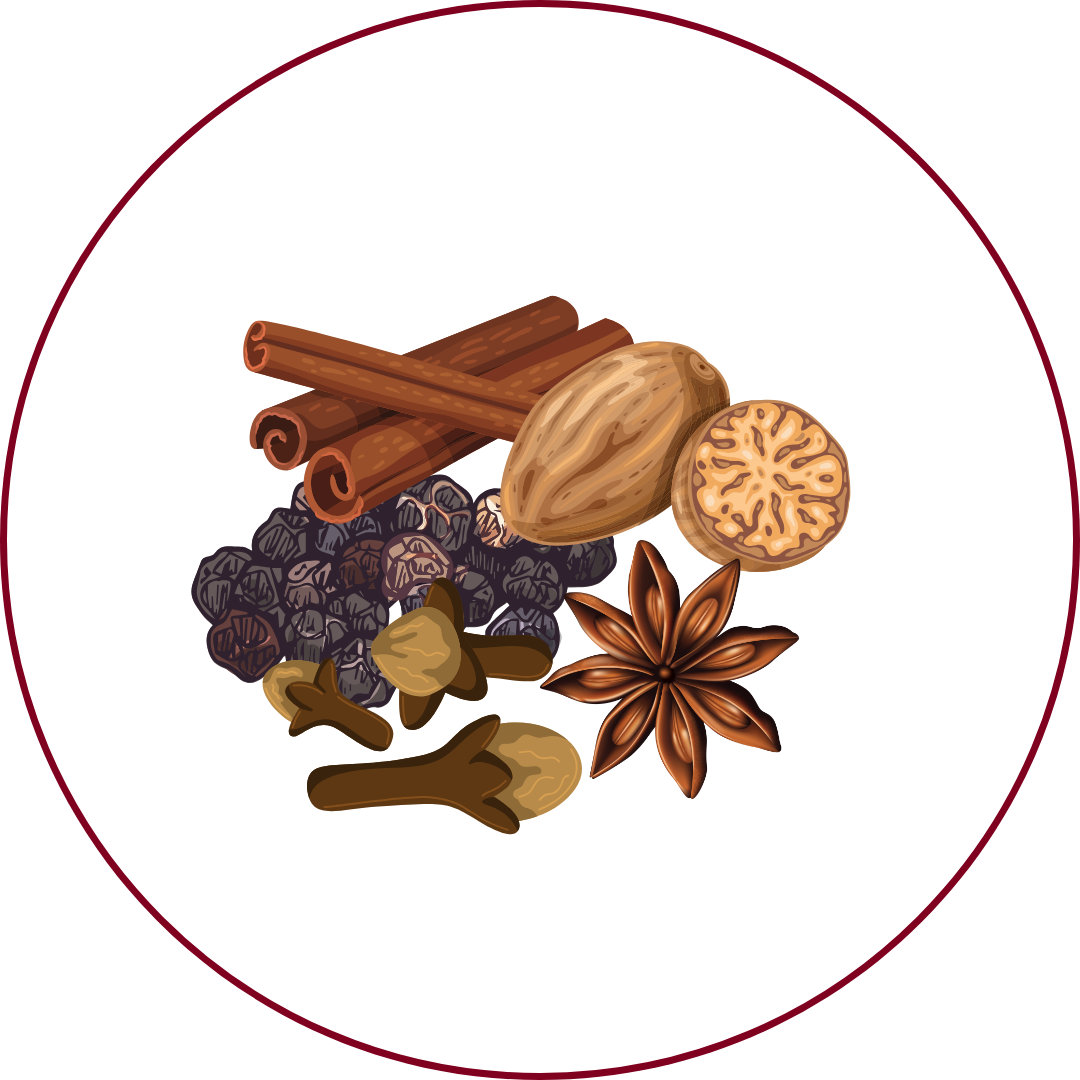Grape Variety
Canaiolo
"ka-nah-YOH-loh"
Wine Styles
 Sparkling
Sparkling Light White
Light White Full White
Full White Aromatic
Aromatic Rosé
Rosé Light Red
Light Red Medium Red
Medium Red Full Red
Full Red Dessert
DessertAbout Canaiolo
Origin
Tuscany, Italy
History
Canaiolo is a historical Tuscan black grape, dating back to the 14th century, primarily used in the Chianti and Chianti Classico blends, supporting Sangiovese until the 1990s when the more predictable and fashionable Merlot & Cabernet Sauvignon grapes began to take over. It was once one of Italy’s most popular grapes, but after the American phylloxera devastation, the vineyards didn’t take kindly to grafting which greatly affected the diffusion of this robust grape.
Appearance
Small to medium-sized, thick-skinned, deep blue-black berries growing in loose clusters.
Growing Traits
Canaiolo is adaptable to various soil types but thrives particularly well in sandy, chalky soils. It is a mid to late-ripening variety, making it suitable for the warm climate of central Italy. The grape is less tannic and astringent than Sangiovese, resulting in softer wines when harvested at peak ripeness. However, after the phylloxera devastation, the vineyards didn’t take kindly to grafting, which greatly affected the diffusion of this robust grape.
Wine Characteristics
Body
3/5
Sweetness
1/5
Tannin
3/5
Acidity
3/5
Alcohol
3/5
Medium-bodied with a smooth and supple profile, offering both elegance and subtlety. Dry, with minimal residual sugar, focusing on red fruit and floral flavors. Moderate tannin levels, providing structure without being overly astringent. Medium acidity, contributing to balance and freshness, enhancing the wine's food-pairing versatility. Moderate alcohol content, typically ranging between 12% and 13.5%, ensuring balance and drinkability.
Taste Profile

Red Cherry

Plum

Violet

Herbal

Spice
Canaiolo wines are characterized by red fruit flavors such as red cherry and plum, complemented by floral notes of violet and subtle herbal undertones. Spicy nuances add complexity, all balanced by moderate tannins and medium acidity, leading to a smooth and elegant finish.
Food Pairing
Canaiolo's medium body, balanced acidity, and red fruit flavors make it a versatile partner for a variety of dishes. It pairs well with roasted meats, pasta with tomato-based sauces, and aged cheeses. The wine's subtle floral notes complement herb-infused dishes, enhancing the overall dining experience.
Growing Regions

Italy
TuscanyUmbriaLazio
Notable Wines & Producers
Chianti Classico
Castello di Volpaia
Fontodi
Isole e Olena
Vino Nobile di Montepulciano
Avignonesi
Poliziano
Salcheto
Canaiolo FAQ
Common questions about this grape variety
What is the origin of Canaiolo?
+
Tuscany, Italy
Is Canaiolo wine full bodied?
+
Canaiolo has a body level of 3 out of 5. Which means that Canaiolo is Moderate bodied.
Is Canaiolo wine dry or sweet?
+
Canaiolo has a dryness level of 1 out of 5. Which means that Canaiolo is Dry.
Where is Canaiolo wine from?
+
Tuscany, Italy
Where is Canaiolo grown?
+
Canaiolo is grown in Italy (Tuscany, Umbria, Lazio).
What is Canaiolo like?
+
Canaiolo wines are characterized by red fruit flavors such as red cherry and plum, complemented by floral notes of violet and subtle herbal undertones. Spicy nuances add complexity, all balanced by moderate tannins and medium acidity, leading to a smooth and elegant finish.
What does Canaiolo pair with?
+
Canaiolo's medium body, balanced acidity, and red fruit flavors make it a versatile partner for a variety of dishes. It pairs well with roasted meats, pasta with tomato-based sauces, and aged cheeses. The wine's subtle floral notes complement herb-infused dishes, enhancing the overall dining experience.
What does Canaiolo taste like?
+
Canaiolo wines are characterized by red fruit flavors such as red cherry and plum, complemented by floral notes of violet and subtle herbal undertones. Spicy nuances add complexity, all balanced by moderate tannins and medium acidity, leading to a smooth and elegant finish.
Take Canaiolo Knowledge with You
Access detailed grape profiles, tasting notes, and pairing suggestions on your iPhone.
Download on theApp Store